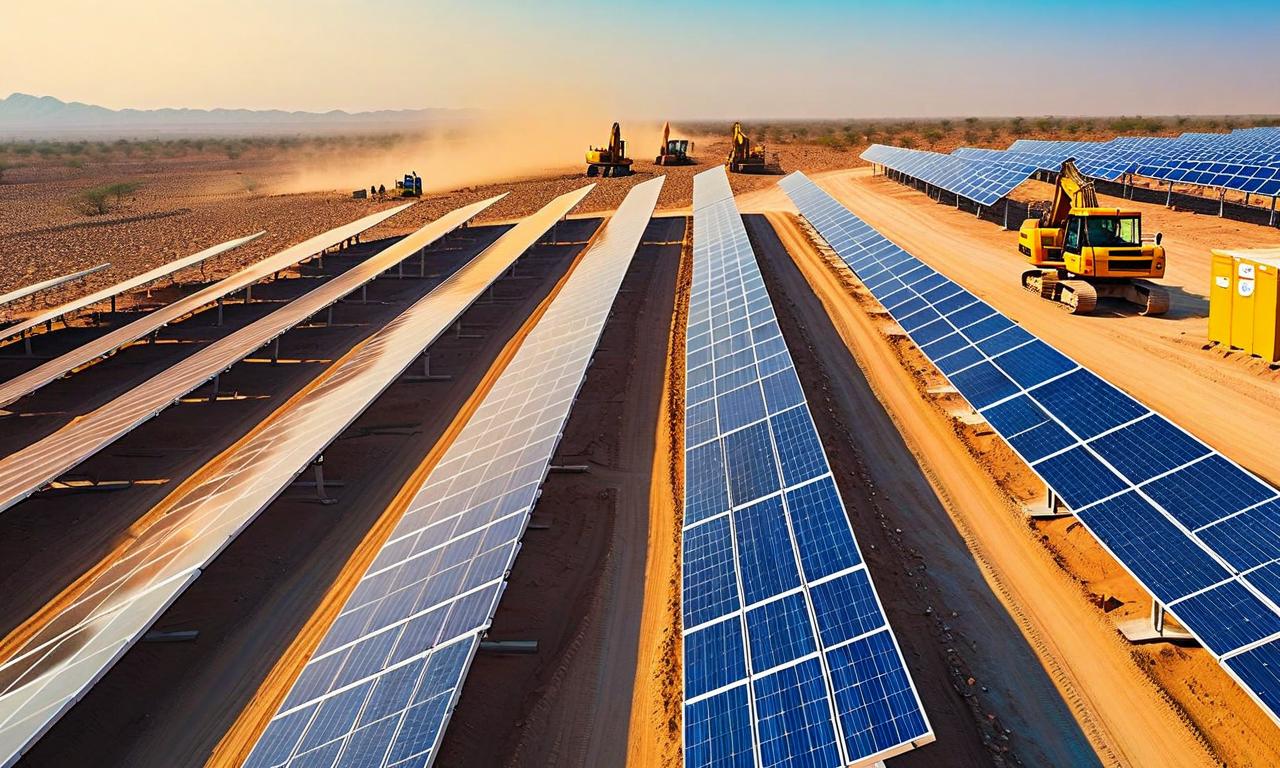Economic Outlook, Federal Reserve Policy, and Global Trade Tensions: Air India Crash Investigation Reveals New Details
Federal Reserve official Williams reports a slowdown in job growth and expects 1% U.S. economic growth in 2025. He predicts inflation to reach 2.5% by June and unemployment to hit 4.5% by end of 2025. President Trump announces plans for new tariffs on August 1, targeting automobiles, steel, and lumber industries. The US Producer Price Index shows unexpected stagnation, suggesting easing inflationary pressures. China's total tariff rate has reached 55%, according to USTR Greer.

*this image is generated using AI for illustrative purposes only.
Federal Reserve officials have provided insights into the current economic landscape and future projections, while tensions in global trade continue to simmer. Meanwhile, new developments have emerged in the Air India crash investigation.
Economic Outlook and Federal Reserve Policy
Federal Reserve official Williams has reported a slowdown in job growth and labor supply, noting elevated uncertainty in the economy. He expects U.S. economic growth to be about 1.00% in 2025. Despite these challenges, Williams expresses a positive outlook on the economy and labor market, describing them as strong.
Williams supports the current moderate monetary policy, believing that present interest rates provide room for evaluation of economic conditions. He views the current policy stance as appropriate.
Regarding inflation, Williams predicts:
- Overall inflation to reach 2.50% in June
- Core inflation at 2.75%
- Unemployment to reach 4.50% by the end of 2025
- Inflation to remain between 3.00% and 3.50% this year
- Inflation to decrease to 2.50% by 2026
- Inflation to further drop to 2.00% by 2027
Tariffs and Economic Impact
Williams emphasizes the importance of monitoring economic data to understand how tariffs are affecting the economy, stating that it is currently too early to assess the full impact. However, he projects that tariffs will lead to a one percent increase in inflation by late 2025 and 2026.
Trump's Trade Policies and Federal Reserve Leadership
President Trump has announced plans to implement new tariffs on August 1, described as 'very substantial' and targeting automobiles, steel, and lumber industries. He has also proposed import tariffs ranging from 10.00% to 15.00% on goods from 150 countries, potentially impacting international trade relationships significantly.
Regarding Federal Reserve leadership, House Speaker Johnson has expressed the opinion that new leadership at the Federal Reserve would be beneficial. The New York Times reports that former President Donald Trump drafted a letter intended to remove the Chair of the Federal Reserve, suggesting concrete steps towards changing leadership at the central bank.
Global Economic Updates
The US Producer Price Index (PPI) has shown unexpected stagnation, with no change (0.00%) on a month-over-month basis and a 2.30% rise year-over-year. This data suggests easing inflationary pressures at the producer level.
United States Trade Representative (USTR) Greer has reported that China's total tariff rate has reached 55.00%, which could have significant implications for international trade and economic relations between the two countries.
In other news, Donald Trump has announced that Coca-Cola will be using real cane sugar in their products sold in the United States. Air India has concluded the inspection of the fuel switch on its Boeing 787 aircraft without any issues being discovered.
Air India Crash Investigation Update
New findings in the Air India crash investigation have implicated the senior pilot. The black-box recording reveals that the captain turned off fuel-control switches, which appears to be a significant factor in the incident. This development adds a crucial dimension to the ongoing investigation and may have implications for airline safety protocols and pilot training.
As global economic conditions continue to evolve and new information emerges in various sectors, policymakers, business leaders, and aviation authorities will need to remain vigilant and adaptable to navigate the complex landscape of international trade, economic growth, and air safety.

























